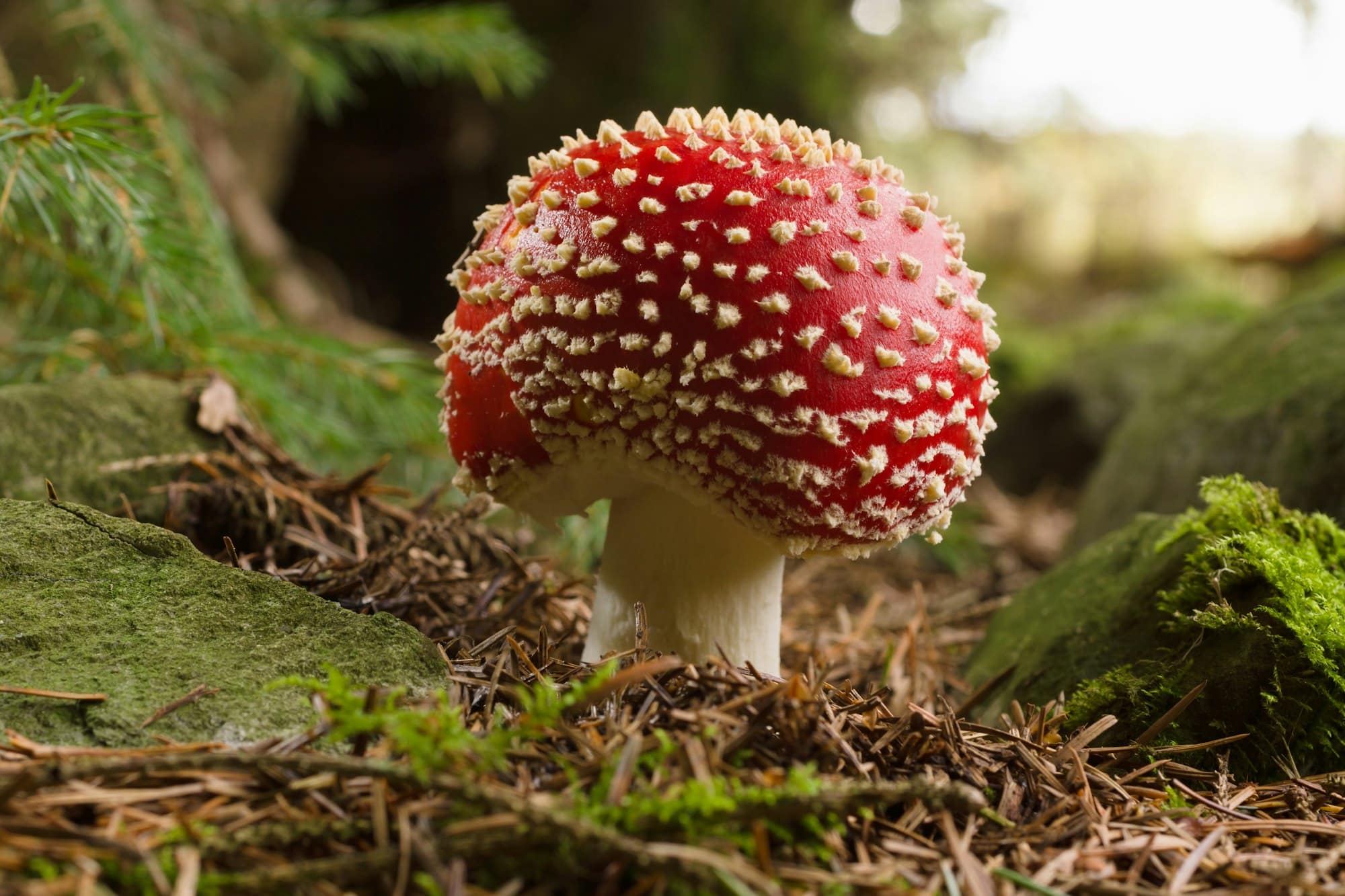Can Mycorrhizal Planting Techniques Improve Urban Air Quality?

Plants and soil are more connected than we might think. This relationship is not just restricted to the earthy aroma that comes from damp soil or the visual spectacle of a blooming garden. It extends to the microscopic world of mycorrhizal fungi that forge symbiotic associations with plants. These beneficial fungi penetrate the roots of their host plants, boosting their growth, and enhancing the soil’s quality. But can these mycorrhizal planting techniques improve our urban air quality? Let’s delve into this topic deeper and find out.
Understanding Mycorrhizal Associations
Before we proceed, it’s essential to understand what mycorrhizae are. Mycorrhiza is a term derived from the Greek words for fungus (mykes) and root (rhiza), translating to ‘fungus root’. This relationship between plants and fungi has been long recognized by scientists, and various studies available on CrossRef, Google Scholar, PubMed, and other databases have highlighted its significance.
En parallèle : What Is the Role of Occupational Therapy in Autism Spectrum Disorder?
Mycorrhizal fungi form a network of fine filaments that extend into the soil. This network, often referred to as the ‘internet of the soil’, increases the root’s surface area, helping the plant absorb more water and nutrients such as phosphorus and nitrogen. Furthermore, these fungi also play a role in carbon sequestration, helping mitigate climate change.
The Role of Mycorrhizal Fungi in Plant Growth
Mycorrhizal fungi are pivotal for plant growth. They can benefit plants in several ways – from enhancing nutrient uptake to providing protection against soil-borne diseases. They also facilitate phytoremediation – a process where plants remove toxins from the soil. As a consequence, these fungi play an essential role in maintaining soil quality.
A lire également : How to Design an Exercise Program for Office Workers with Limited Space?
For example, in an organic garden, the presence of mycorrhizal fungi can significantly boost plant health and productivity. These fungi can aid in the decomposition of organic matter, releasing nutrients back into the soil, and thus contributing to the nutrient cycle.
Mycorrhizal Planting Techniques in Urban Areas
In urban areas, where soil quality often suffers due to intensive construction and pollution, mycorrhizal planting techniques can be a boon. Urban soils are usually compacted, deprived of organic matter, and have limited biological activity. Introducing mycorrhizal fungi to these soils can improve their structure, nutrient content, and biological diversity. This, in turn, can promote the growth of urban vegetation, contributing to green spaces that enhance air quality.
Several species of mycorrhizal fungi can be used in urban settings. For instance, species of the genus Rhizophagus have shown promise in improving the growth of street trees, helping them withstand the harsh urban environment.
Does Mycorrhizal Planting Affect Urban Air Quality?
Now, let’s get back to our main question: can mycorrhizal planting techniques improve urban air quality? The answer is yes, and here’s how.
Plants, especially trees, are natural air purifiers. They help filter airborne pollutants such as particulate matter and harmful gases. Mycorrhizal fungi enhance the growth and survival of these urban trees, thereby indirectly contributing to improved air quality.
In addition to this, mycorrhizal fungi also have a direct influence on the soil’s ability to store carbon. They help sequester carbon in soils, reducing the amount of carbon dioxide – a greenhouse gas – in the atmosphere.
To sum up, mycorrhizal planting techniques can indeed be a viable strategy to improve urban air quality. They can help us build healthier, greener, and more resilient urban ecosystems. However, more research is needed to fully understand the potential of these techniques and their application on a large scale. This knowledge can then be used to inform urban planning and landscape design, ensuring that our cities are not only aesthetically pleasing but also environmentally sustainable.
The Potential of Arbuscular Mycorrhizal Fungi
Arbuscular mycorrhizal (AM) fungi are a specific type of mycorrhizal fungi that form associations with the majority of terrestrial plants. Studies available on Google Scholar, CrossRef, PubMed, and other databases have shown that AM fungi significantly contribute to the improvement of soil quality and plant growth. These fungi produce a network of microscopic filaments that penetrate the plant roots, providing the plant with essential nutrients and water. In exchange, the plant provides the fungi with sugars, a relationship that is crucial for plant survival, especially in nutrient-poor soils.
AM fungi have also been found to contribute to carbon sequestration in soils. According to a study available on CrossRef, these fungi can store carbon in a stable form that resists degradation, thereby reducing the amount of carbon dioxide in the atmosphere. This is particularly important in urban areas, where the level of air pollution is often high.
Moreover, an abstract on PubMed reports that AM fungi can enhance the resistance of plants to various stresses, including those associated with urban environments, such as air pollution and soil compaction. For instance, they can improve the tolerance of plants to heavy metals, often present in urban soils due to industrial activities.
Conclusion: Mycorrhizal Planting Techniques for Cleaner Air
In conclusion, mycorrhizal planting techniques can indeed contribute to improved urban air quality. They accomplish this by enhancing plant growth, facilitating carbon sequestration, and improving the resilience of plants to urban stresses.
As we’ve seen, plants are natural air purifiers that filter harmful pollutants. By boosting the growth and survival of plants, mycorrhizal fungi indirectly contribute to cleaner air. Additionally, by sequestering carbon in soils, they directly reduce the amount of carbon dioxide, a major greenhouse gas, in the atmosphere.
Despite these promising discoveries, it’s essential to note that more research is needed to fully explore the potential of these techniques. Through search ads and doi crossref databases, scientists can continue to study the mechanisms behind these symbiotic associations and how to optimize them for urban use.
Looking forward, the knowledge gained from these studies can inform urban planning and landscape design, helping to create cities that are not only visually appealing but also environmentally sustainable. On this date, the 10th of April 2024, it’s clear that embracing mycorrhizal planting techniques can significantly contribute to the fight against air pollution, making our cities healthier and more livable. The future of urban air quality could indeed be underground, in the intricate fungal networks that support our plants.
